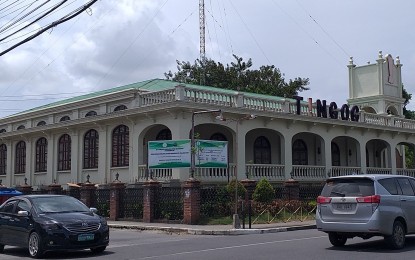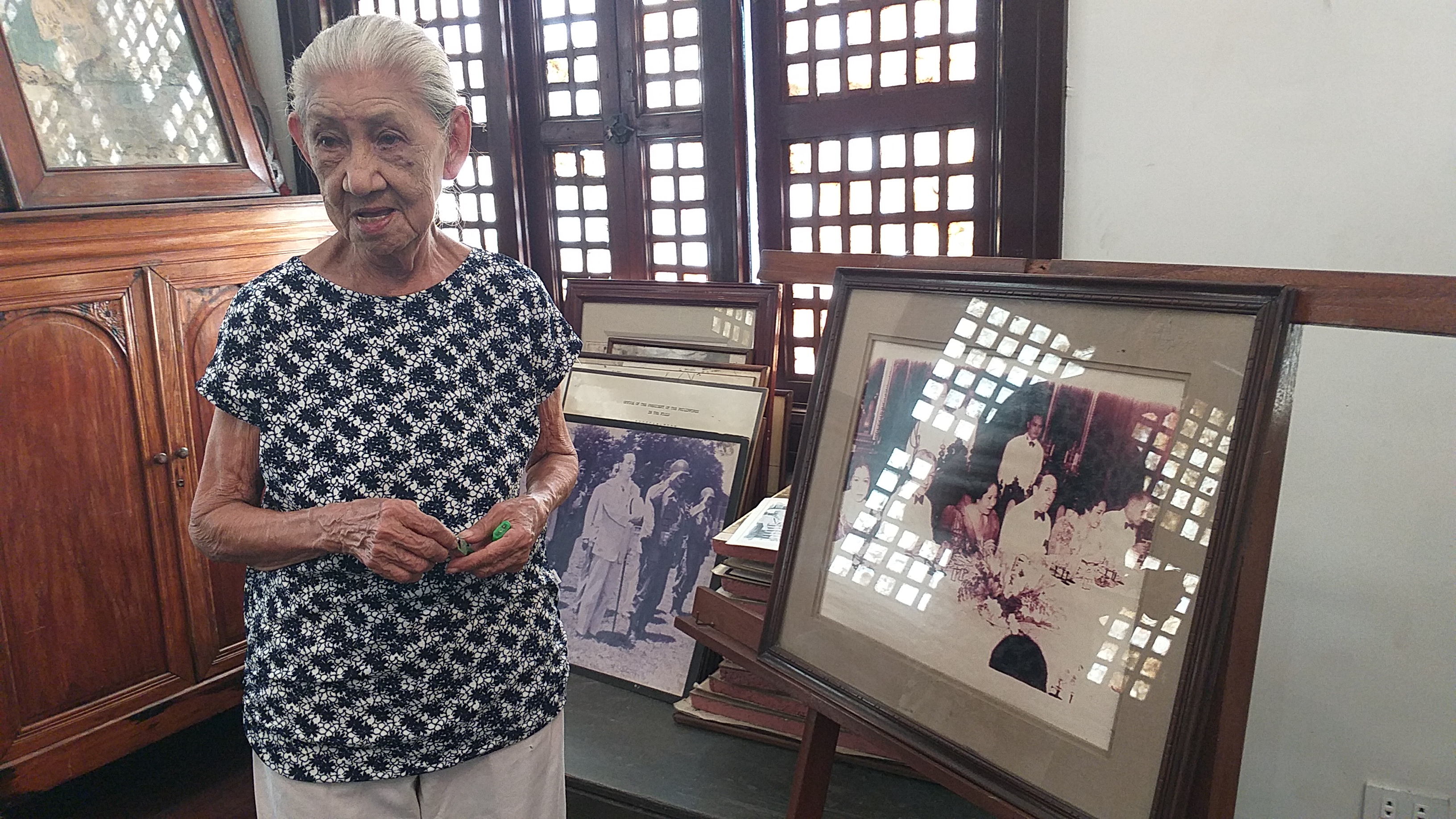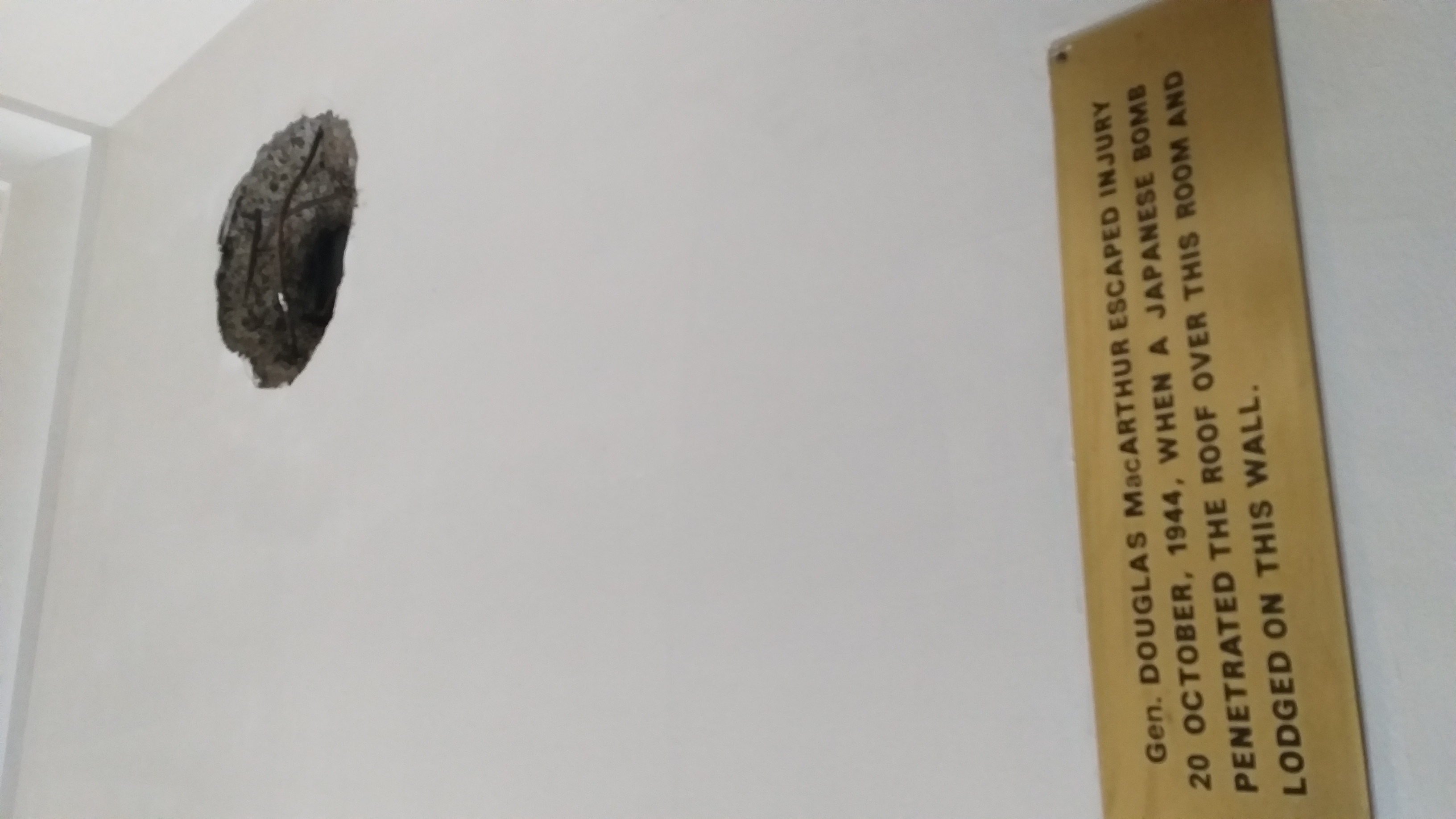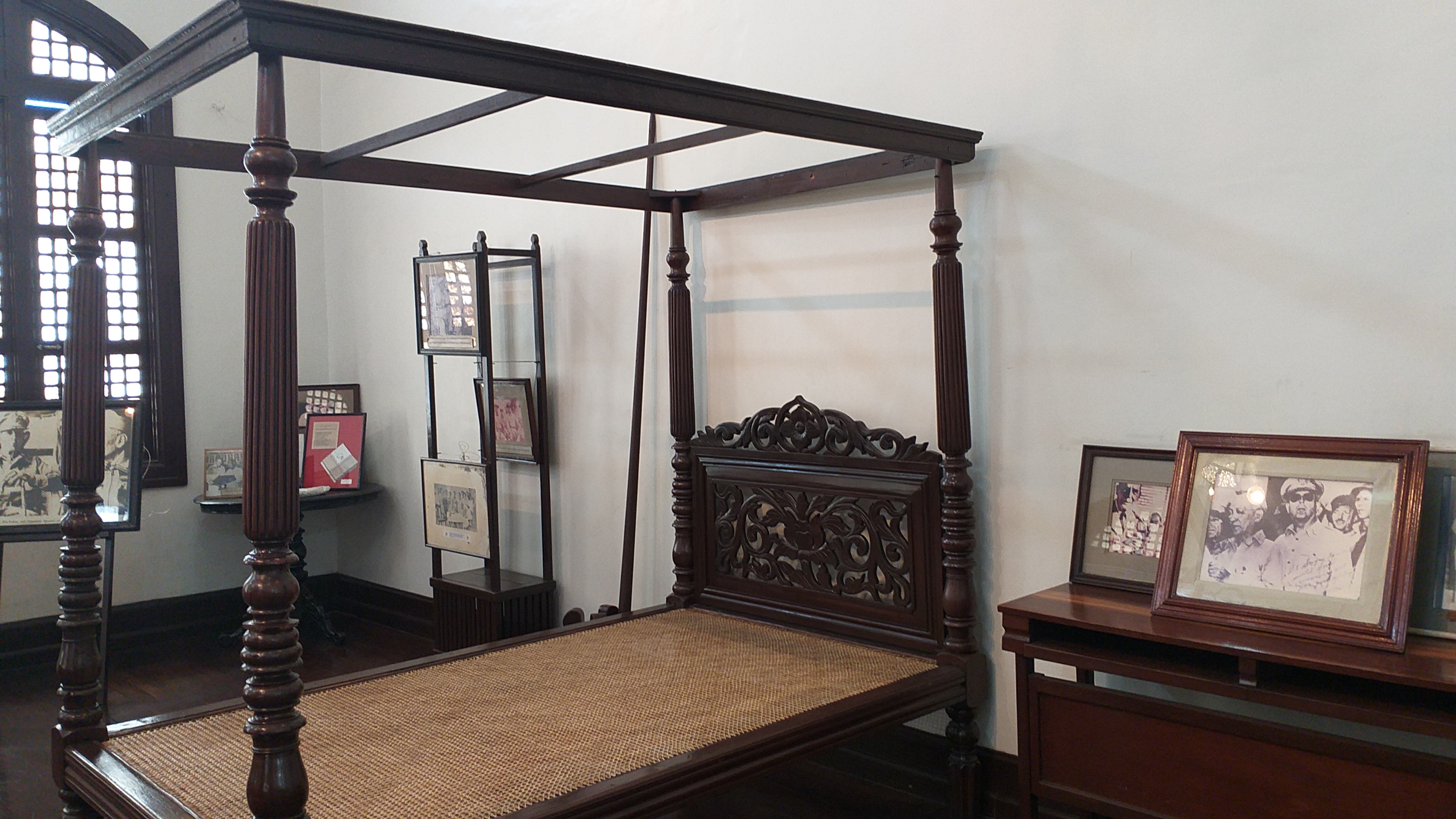TACLOBAN CITY — Lilian Price turned emotional as she reminisced the pre-World War II years when their family lived at the Price Mansion, a historic landmark here that witnessed events that spanned over a century.
She was just five years old when American General Douglas MacArthur stayed in their property during the campaign of the Allied Forces to free the Philippines from Japanese occupation.
It was also used as a temporary seat of government following the proclamation of the restoration of the country’s civil government.
The 80-year-old woman described MacArthur as tall and very nice, but the struggle of war was evident in his weathered skin and wrinkles.
The American general was the commander of the United States Army Forces in the Far East and former Chief of Staff of the US Army.
“MacArthur chose to make our house as his headquarter since this was the sturdiest structure in the city during World War II. I am happy that this property has been preserved over the years,” Price told the Philippine News Agency (PNA) on Friday.
On October 20, 1944, a Japanese bomb penetrated the roof over General MacArthur’s room. The hole caused by the bombed was preserved and can still be seen today.
After a few years, the College Assurance Plan (CAP) acquired the property and preserve its original architecture. Today, the building is owned by the Romualdez family.
This week, the mansion on Justice Romualdez St. has been opened to the public with an exhibit of World War II photos and war memorabilia.
Walter Scott Price, a native of Philadelphia, Pennsylvania built the property in 1910. At the age of 21, he was one of the 12 US army engineer assigned in the Philippines at the onset of the Spanish-American War to help rebuild war-torn communities.
He married Simeona Custodio Kalingag, a native of Cavite, whose family migrated to Leyte after the Spanish-American War.
“He decided to stay in Tacloban, establish a family, and do business here. He was considered as the King of Leyte because he created a lot of jobs here,” Lilian recalled. Among the businesses he established were transportation services, grocery, cinema, school, and a maternity hospital.
His hard-earned wealth allowed Walter to build the 12-room Price Mansion with one room for each of his 12 children. On the first floor, he provided a huge space for the overnight stay of his employees.
“He lived like a king but is best remembered as hospitable, fun, loving, and generous. People of Tacloban just loved him,” Lilia said.
When the Japanese invaded Leyte, Walter and thousands of other Americans were detained at the Manila Internment Camp inside the University of Santo Tomas (UST) campus.
He died of pneumonia early of 1945 at the age of 68 shortly after his release from the UST prison camp. Gen. MacArthur orchestrated the liberation of prisoners of war. Walter was buried in this city. His wife, Simeona died in 1973 at the age of 100.
“When MacArthur landed in Leyte, one of the first few people he looked for was the 12 US army engineers sent to the Philippines, including my grandfather,” Lilia recalled.
On Oct. 20, Leyte Island will commemorate the 75th Leyte Gulf Landings, remembering the Battle of Leyte Gulf the largest naval battle in the Pacific, and the largest naval battle in recorded history.
The battle spanned 100,000 square miles of sea; and was fought for three days, from Oct. 23 to 25, 1944, during the invasion of Leyte by the Allied forces.
The battle signaled the fulfillment of Gen. Douglas MacArthur’s famous words, “I shall return,” after he left the country and escaped to Australia to muster support from the Allied forces in the quest to liberate the Philippines from Japanese forces’ occupation.



